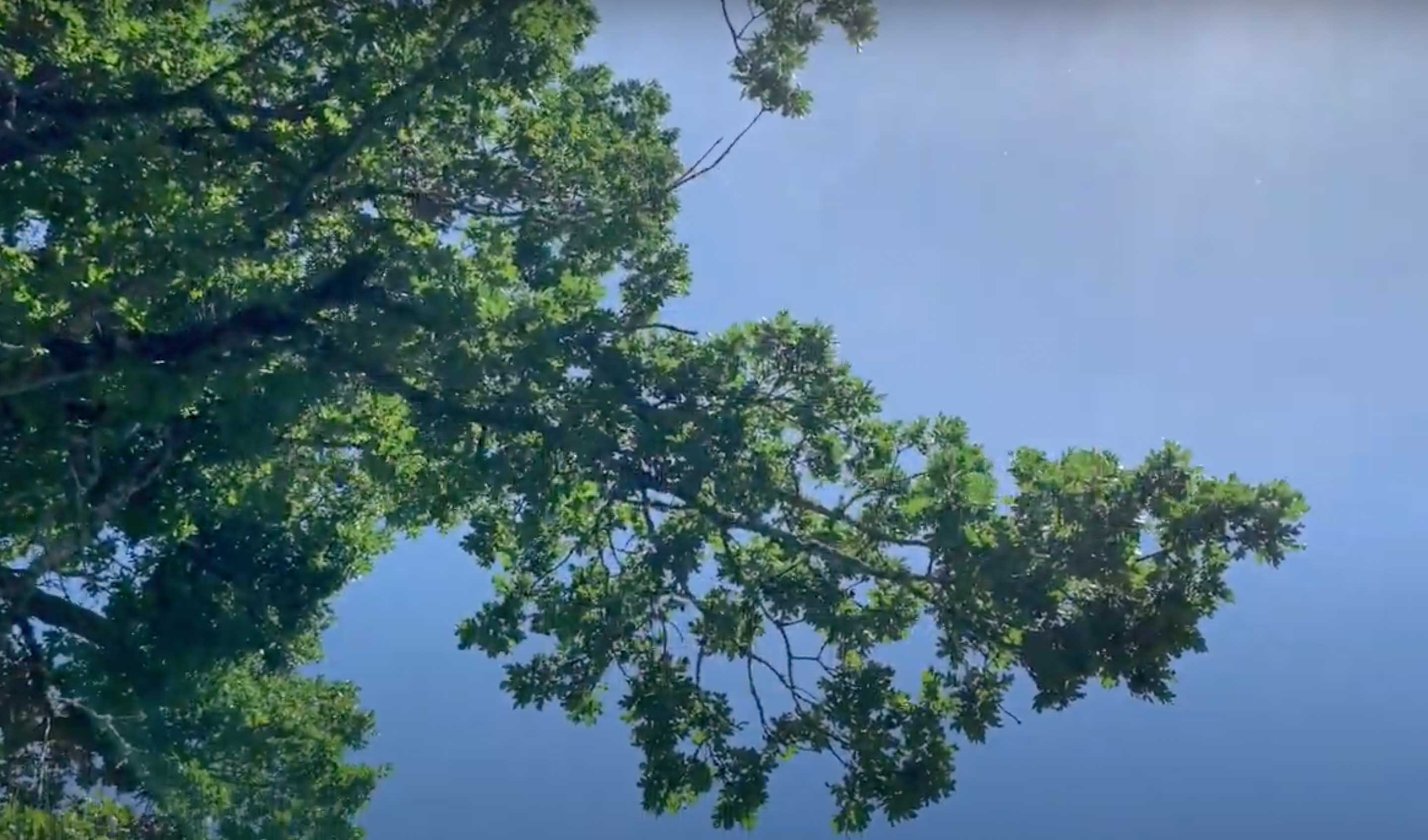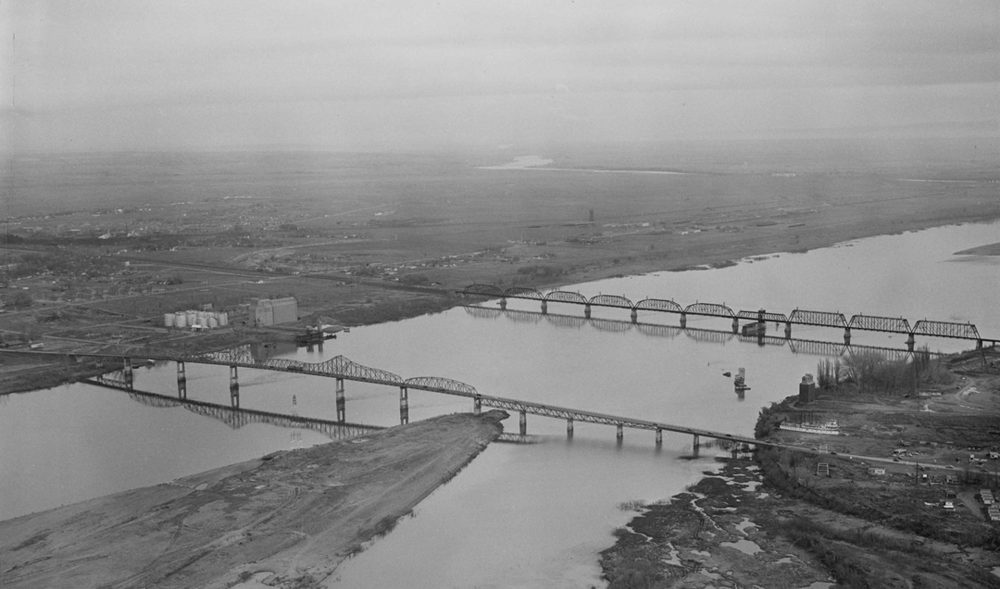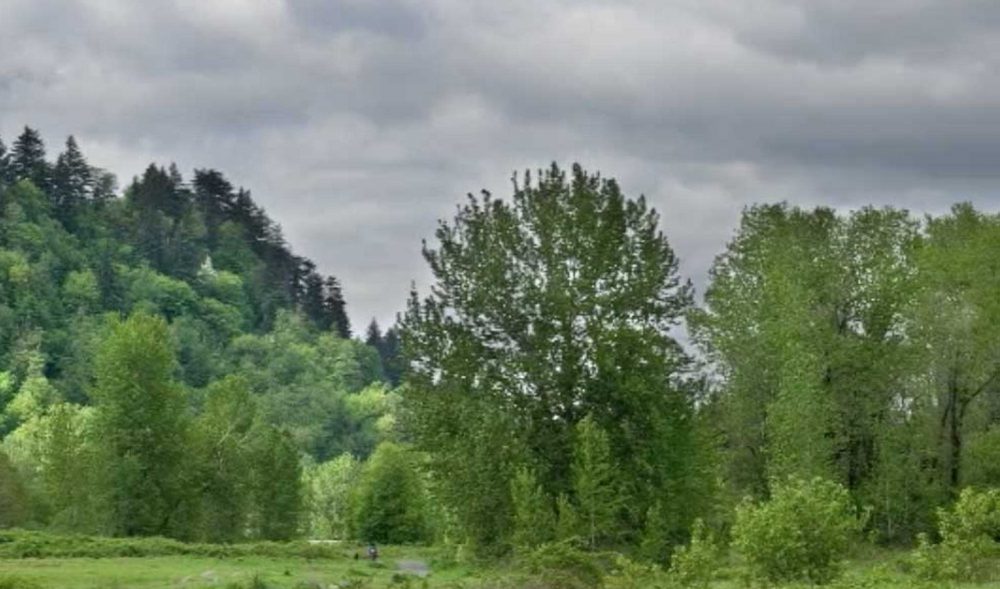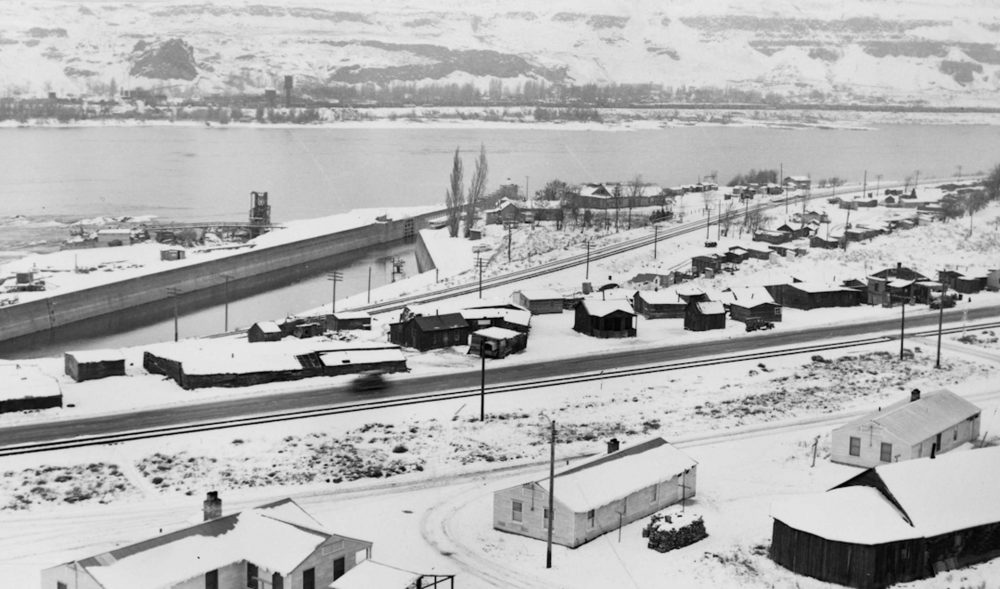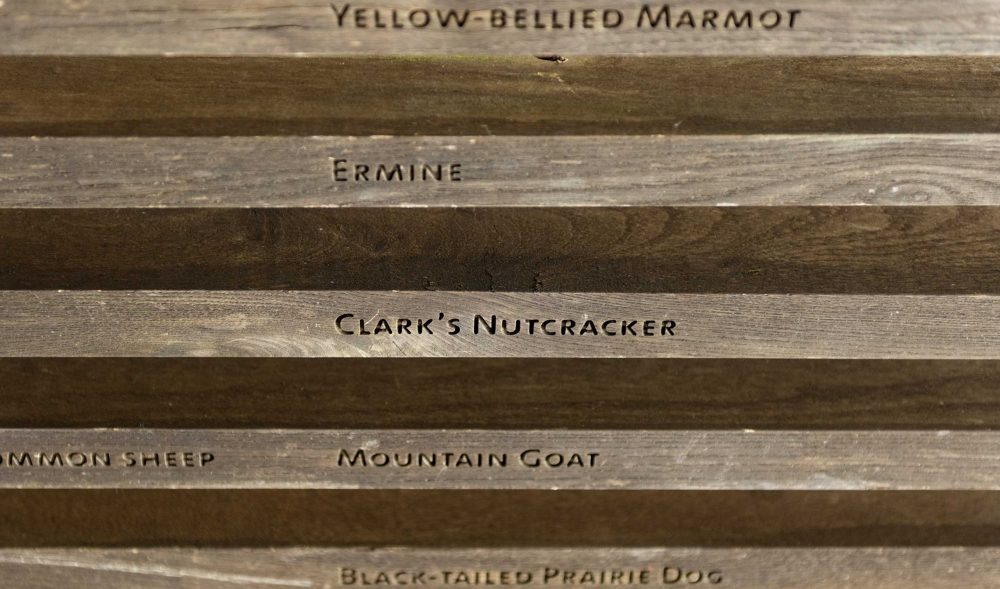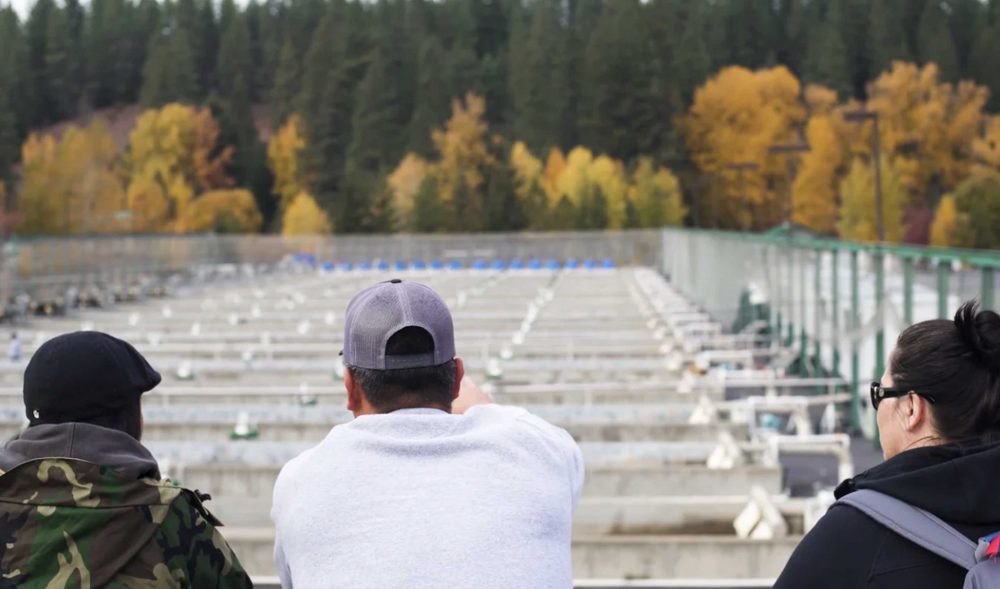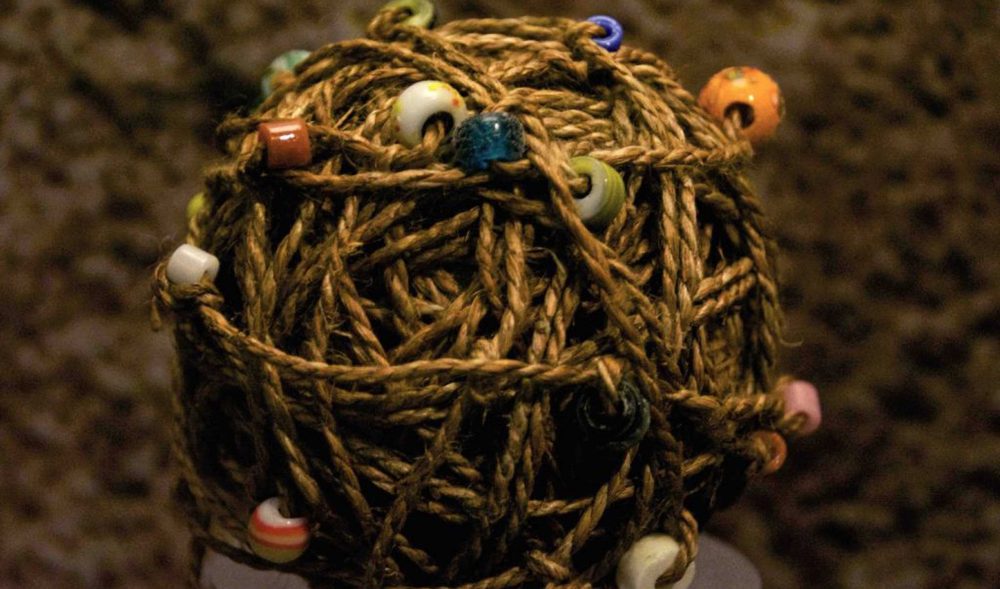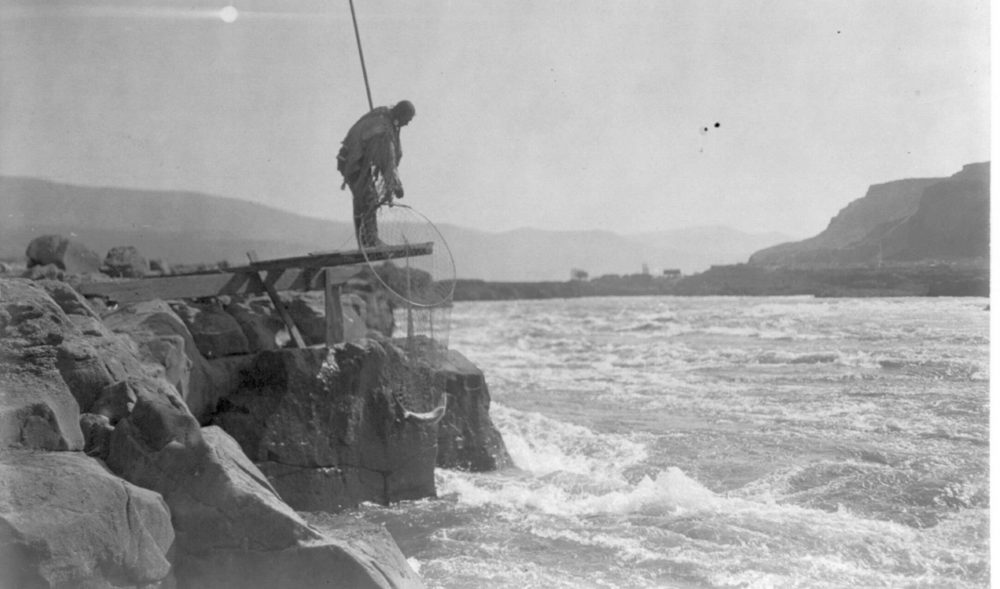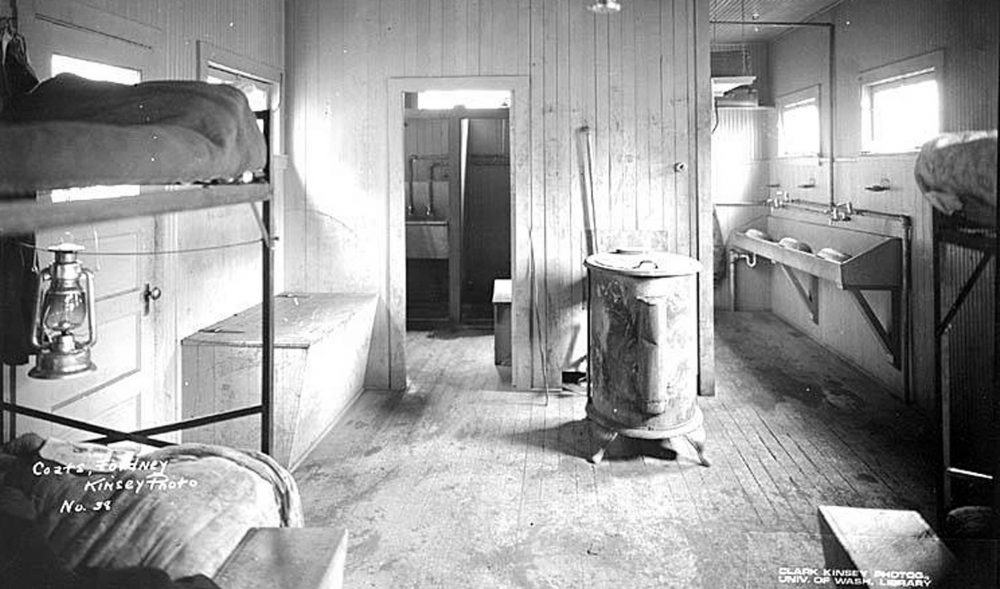Confluence Library
Learn more about why restoration is such an important part of this scenic area with Bill Weiler, Stewardship Education Coordinator with the Sandy River Watershed Council.
It was just in February when our panel of Indigenous historians and leaders led a thought-provoking discussion in Vancouver about conservation practices along the Columbia River. Yet the themes and lessons are timeless and remain relevant as we work toward a more inclusive understanding of the land we share. This Story Collection includes a two-part podcast from that Story Gathering, along with a selection of writings and interviews around the notion that our ecology is inextricably linked to our history and our future together.
George Kral talks about the process of restoration on the Sandy River Delta, and what farmers have to offer for this process. Fully subtitled. 2:16.
This gallery features images of bridges and roads near Celilo Village. Around the turn of the twentieth century, a number of bridges and roads were put in along the Oregon-Washington border. These roads and bridges were a mixed blessing, as they allowed more fishermen access to the falls, but meant that fish became harder to come by and led to undesirable traffic transversing Celilo Village and bringing tourists.
After a turbulent industrial past, the Sandy River Delta required significant restoration in the late 2000s to make it a safe recreational area and a thriving natural habitat, full of native plants, birds, and animals.
Charles Strom (Yakama) discusses the Cle Elum Supplementation Research Facility and talks about the importance of carrying on the legacy of the Yakama Nation via caring for the fish. Video by Woodrow Hunt of Tule Films.
Although the eclipse of 1834 was not visible in the Northwest, an 1860 total solar eclipse started off Cape Disappointment. Research for a subsequent total solar eclipse in 1869 fueled U.S. interests in Alaska.
Yakama time balls were woven twine that detailed major events of a woman’s life- sometimes including eclipses. Several major eclipses were visible in the Northwest from 1503-1806 including one eclipse obscured by clouds.
Native methods for catching fish along the Columbia River used spears, baskets, and weirs. White newcomers saw these as inefficient and began using mechanical processes such as fish wheels to increase canneries’ catches.
As the Northwest was increasingly colonized, resource extraction and utilization became the region’s economic backbone. Hydroelectric power, lumber mills, and agriculture thrived while damaging Native ways of life.

